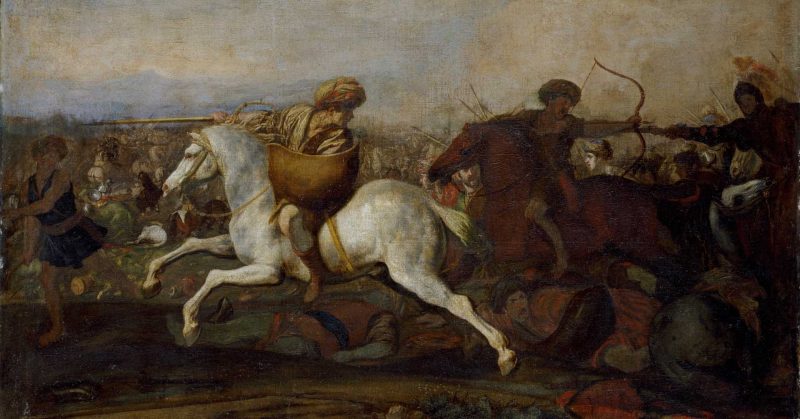War History Online presents this Guest Article from Taşkın Bora Dayangaç
From the first emergence of nomad tribes; animals such as horses and camels were the key requirements to survive in vast and bald steppes and deserts. Because of their high maneuverability and mobility, those animals provided great benefits and advantages not only in socio-economical life but also during the wars. Thus, use of animals, especially horses, is a distinguishing feature between Turks and other countries.
The horses had a special place in the life of a nomad Turk. The main necessity of horse in a Turk’s life was that the horses were one of the primary income in a Turk-ish family. Horses could be used to trade, protect and also fought in a situation of war. The strength of the nation was determined by the quantity of mounted units among the nation. Moreover, there was to be a saddled horse in front of each Yurt (the tent-like structure of a nomad Turk family) in a situation of emergency that was most likely to be a raid.
Introduction of Light Cavalry
To start with, Turks are the first tribe to introduce the term of light cavalry in battles and it is known that Chinese adopted these units rather than their own low maneuverable and heavy chariots. Nomad Turks had mere leg units but had lots of cavalry units and this again gave them an advantage in mobility over their foes in the enormous steppes of East Asia. Even in some predictions about the Great Hun Empire to have had 100.000 roan horses in the East, 100.000 bay horses in the South, 100.000 white horses in the West and 100.000 black horses in the North with total of 400.000 horse-units.
Despite the fact that the Arabic tribes are also known for their horses, they were most likely to be a luxury rather than a necessity which resulted in the situation that Arabian horses were grown to be sold whereas Asian horses were grown to be part of the army. This being the case, Asian horses were more sustainable, effective and durable than the Arabian horses and thanks to that, Arabs used camel-based economy and army in their routine lives.
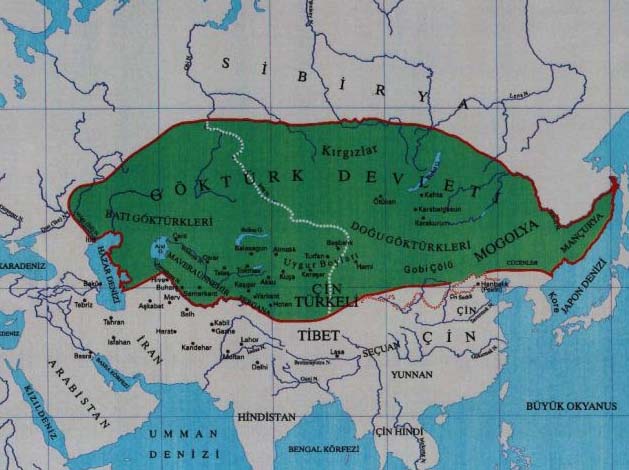
Nomad Turk Tribes define and choose their horses only when they were little colts and this applied every time because of the reason mentioned previously in this article. Horses were the backbone of the tribe. Should there be a tribe without any kind of horse-based economy or army, its fate was most likely to be extinct in boundless steppes of Asia.
Another most distinguishing feature of Turkish cavalry compared to other nations’ was the use of horse archery. Horse archery is most effective against static positions and especially to leg infantry. It can be used to rain arrows to the enemy like regular archer units but the most advantageous aspect is to have archers moved to safety or not get caught by the enemy charge cavalry.
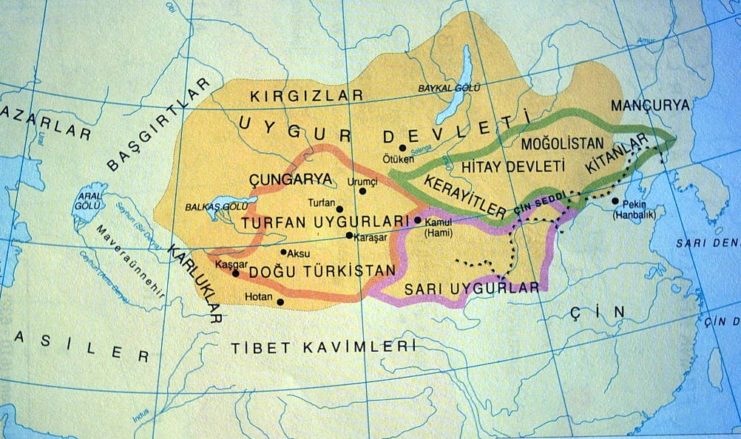
As mentioned, the enemy cavalry charge one more important treat of the horse archers and it is that they are harder to get caught by the enemy cavalry units and the trickiest feature is the fact that they were able to use their bows against the chaser behind them so they could eliminate the threat of getting demolished by a superior unit.
10 Ranking System
This aforementioned ability of horse archery was a special aspect of a Turk horse archer. A Turkish child was grown up with a horse and trained to be a soldier for the tribe since they could ride a horse and this was, in fact, a common sense in the whole Turkish tribes. In a Turk army, there is no such thing like conscription or payment to participate in wars.
Every single individual had a mentality to defend its tribe for their existence and thus made Turk tribes use 10 ranking system in their army. A 10 men unit is given to “Onbaşı”, a 100 men unit is given to “Yüzbaşı”, a 1000 men unit is given to “Binbaşı” and thus forms the 10.000 men units “Tümen” and those Tümens given to commander called “Tümenbaşı”.
This organization doctrine was also adopted by the nations that were subjected by the Turks. Referring to the history books, Mete Khan introduced this management by forming his own 10 men archer unit with ultimate loyalty to himself. He ordered them to shoot his father to have himself the new Khan and later on he made this system to be applied nation-wide.
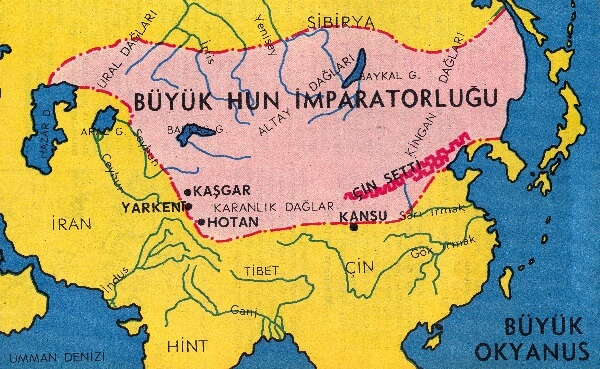
This grouping was also beneficial in sociopolitical perspectives. Turks dominated the enormous Asian steppes under the khanate of Great Hun but these lands were home to several different societies of various ethnic roots and that could raise the rebellion issues and that of stability impact over the nation. Despite the quantity of different groups in the khanate, 10 ranking system served a collaborationist role in the society. When the Başbuğs (territorial governors which are also the generals of armies) were forming an army, each 10 men unit was consisting of different nationalities within the Başbuğ’s control zone and thus resulting in tight comradeship relation between the soldiers.
This had it effects in the post-war life, making different people from different nationalities to trust each and other. This also made the different societies to serve the whole nation with utmost priority in both peace and conflict. According to Chinese vizier Cung Hang-Yue: “The institution in the whole Hun State is reminding of the unity and harmony between the organs in the human body.”
The old Turk society relied on 2 elements and the major one was the family, the system was just this being formulated in a nation-wide aspect. According to this system, the great Turk khanates; Göktürk State, Great Hun Empire, European Hun State, Uygur State became dominant in East and West of all Asia.
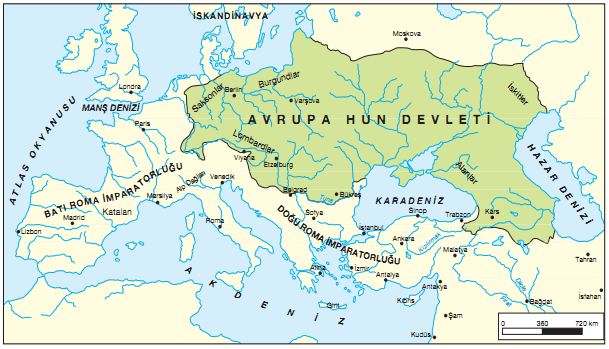
This grouping served for 2 main roles. The first role was its effectiveness in the centralization of the government. Each unit was formed with the leadership of a commander from the central government “The Khan” (or “Kaan”) that made the whole army be controlled by a single ruler, thus again supporting the national consciousness and unity which make the people assist and aid each other. The second major role was the fact that all governors attended by the central government were from the military staff which influenced the nation, ultimately making the whole mechanism to initiate with an absolute military discipline that reveals the militaristic character of the Turk Nation. Hence this shows why the Turks were referred as the Army Nation.
Taşkın Bora Dayangaç
All photos provided by the author.
